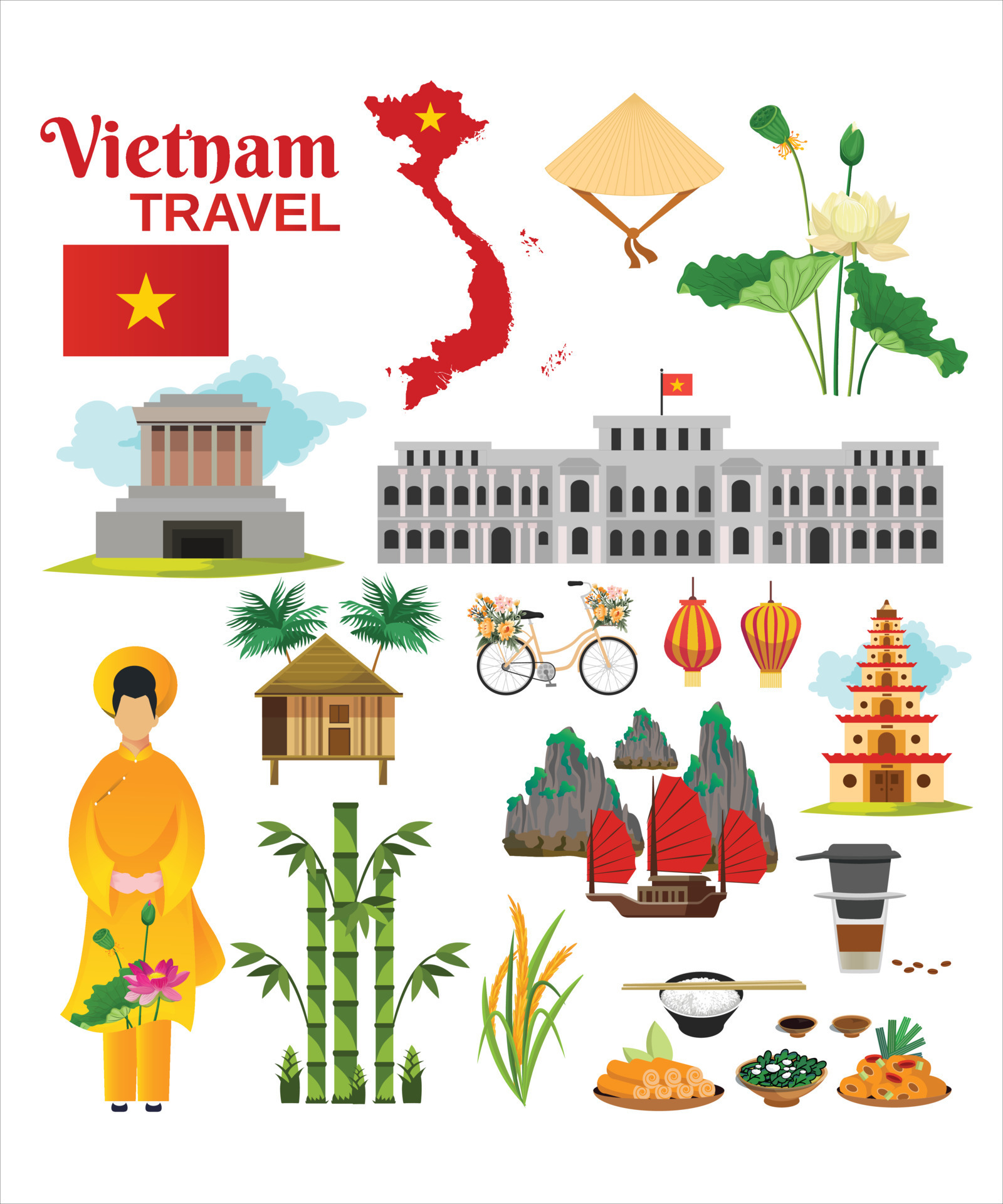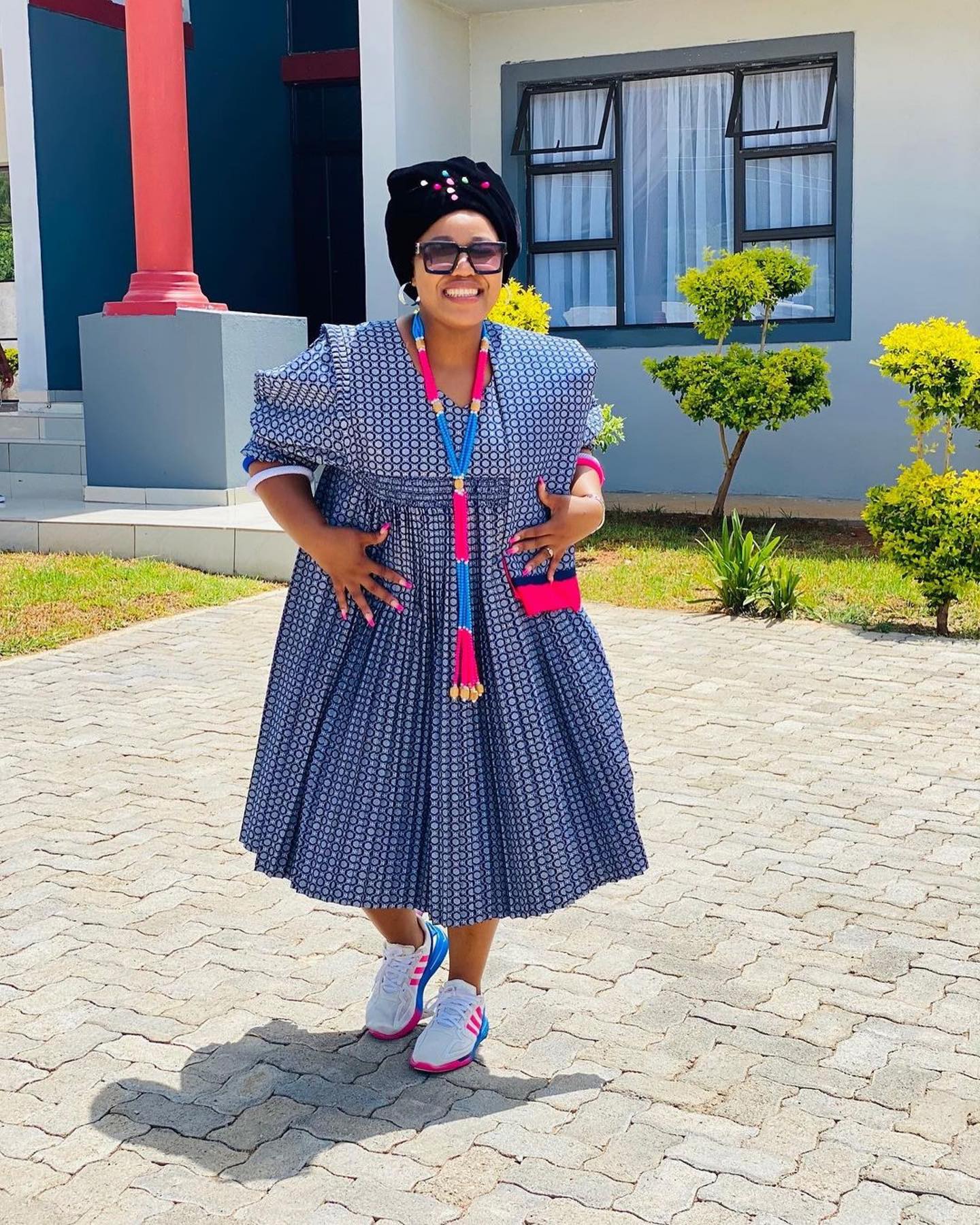The Exquisite Tapestry Of Vietnamese Traditional Attire: A Celebration Of Culture And Heritage
Editor's Notes: "The Exquisite Tapestry Of Vietnamese Traditional Attire: A Celebration Of Culture And Heritage" have published today date". Give a reason why this topic important to read.
After some analysis, digging information, made The Exquisite Tapestry Of Vietnamese Traditional Attire: A Celebration Of Culture And Heritage we put together this The Exquisite Tapestry Of Vietnamese Traditional Attire: A Celebration Of Culture And Heritage guide to help target audience make the right decision.
Exploring the richness of Vietnamese culture through its traditional attire offers a profound insight into the nation's heritage, artistry, and enduring traditions.

Travel to Vietnam. Set of traditional Vietnamese cultural symbols - Source www.vecteezy.com
Key differences or Key takeways, provide in informative table format from paragraph one two and three
Transition to main article topics
FAQ
This FAQ section provides pertinent information and addresses common inquiries regarding the rich Vietnamese traditional attire.

Best Sepedi Traditional Attire 2024 For Wedding - Source shweshwe1.com
Question 1: What are the distinguishing characteristics of Vietnamese traditional clothing?
Vietnamese traditional attire is renowned for its elegant silhouettes, vibrant hues, and intricate embellishments. The 'áo dài', a long tunic worn over loose-fitting pants, is the most iconic garment, embodying grace and femininity. It often features delicate embroidery, intricate patterns, and flowing fabric that accentuate the wearer's figure.
Question 2: What are the different types of Vietnamese traditional clothing?
Vietnamese traditional clothing encompasses a diverse range of garments, each tailored to specific occasions and cultural contexts. Aside from the 'áo dài', there are ceremonial costumes like the 'áo tứ thân' (four-panel tunic), 'áo ngũ thân' (five-panel tunic), and 'áo bà ba' (peasant tunic). Each garment holds cultural significance and reflects regional variations in style and design.
Question 3: What materials are commonly used in Vietnamese traditional attire?
Vietnamese traditional garments often incorporate luxurious fabrics like silk, brocade, and velvet. Silk, a symbol of opulence and refinement, is widely used for formal occasions. Brocade, characterized by its intricate raised patterns, adds a touch of grandeur to ceremonial costumes. Velvet, with its plush texture, provides warmth and elegance during cooler months.
Question 4: What are the traditional colors and patterns associated with Vietnamese clothing?
Vietnamese traditional attire features a vibrant palette of colors, each carrying symbolic meanings. Red represents joy, prosperity, and good luck; yellow symbolizes royalty and power; green signifies growth and harmony; and white conveys purity and mourning. Common patterns include intricate floral motifs, geometric designs, and mythical creatures, reflecting the country's rich cultural heritage.
Question 5: How has Vietnamese traditional clothing evolved over time?
Vietnamese traditional clothing has undergone subtle changes over the centuries, adapting to societal shifts and evolving fashion trends. While the 'áo dài' remains the iconic garment, its design has been modernized to suit contemporary tastes, incorporating new fabrics, patterns, and embellishments. Traditional motifs and embroidery techniques continue to be incorporated, ensuring the preservation of cultural heritage.
Question 6: Where can I purchase authentic Vietnamese traditional clothing?
Authentic Vietnamese traditional clothing can be found at specialized boutiques, cultural centers, and online retailers. It is recommended to visit reputable establishments that prioritize preserving traditional craftsmanship and cultural authenticity. When purchasing online, ensure that the seller provides detailed descriptions, accurate sizing information, and reliable shipping options.
This comprehensive FAQ section serves as a valuable resource for gaining insights into the captivating world of Vietnamese traditional attire. By understanding its history, symbolism, and cultural significance, individuals can appreciate the beauty and heritage embedded within each exquisite garment.
Stay tuned for more engaging articles exploring the fascinating tapestry of Vietnamese culture and heritage.
Tips
To fully immerse in the beauty of Vietnamese traditional attire, consider these insights:
Tip 1: Explore the Cultural Context:
Delve into The Exquisite Tapestry Of Vietnamese Traditional Attire: A Celebration Of Culture And Heritage. This will provide a deeper understanding of the historical, social, and spiritual significance of each garment.
Tip 2: Admire the Craftsmanship:
Observe the intricate embroidery, delicate lacework, and fine fabrics used in traditional costumes. These details showcase the skill and artistry of Vietnamese artisans.
Tip 3: Respect Cultural Norms:
When viewing or wearing traditional attire, be mindful of the cultural customs surrounding its use. Seek guidance from locals or experts to ensure proper etiquette.
Tip 4: Embrace the Diversity:
Vietnam's diverse ethnic groups have their unique traditional costumes. Explore the variations in colors, patterns, and silhouettes to appreciate the richness of Vietnamese culture.
Tip 5: Seek Professional Advice:
For custom-made attire or special occasions, consider consulting with a skilled tailor or fashion designer who specializes in traditional Vietnamese garments.
These tips will enhance your appreciation for the exquisite tapestry of Vietnamese traditional attire and its enduring cultural heritage.
The Exquisite Tapestry Of Vietnamese Traditional Attire: A Celebration Of Culture And Heritage
The traditional attire of Vietnam, known as Áo dài, is a testament to the country's rich cultural heritage. It embodies the essence of the Vietnamese people, reflecting their history, customs, and beliefs. In this essay, we will explore six key aspects of this exquisite tapestry, each revealing a unique dimension of Vietnam's cultural identity.
- Historical Evolution: Centuries of influence from China, France, and other cultures have shaped the Áo dài.
- Regional Diversity: Different regions of Vietnam have distinct variations of Áo dài, reflecting local traditions and aesthetics.
- Social Significance: The Áo dài holds great social importance, worn for special occasions such as weddings and festivals.
- Aesthetic Refinement: The Áo dài's elegant lines, flowing silhouettes, and intricate embroidery showcase Vietnamese craftsmanship.
- Cultural Symbolism: The Áo dài symbolizes grace, modesty, and national pride for the Vietnamese people.
- Contemporary Relevance: Despite modernization, the Áo dài remains a cherished part of Vietnamese culture, worn by women of all ages.
These six aspects interweave to create a vibrant and multifaceted celebration of Vietnamese culture and heritage. From its historical roots to its contemporary relevance, the Áo dài embodies the spirit of a nation, serving as a timeless symbol of its people's identity, creativity, and resilience.

Clipkulture | Beautiful Tsonga Traditional Attire For Heritage Month - Source clipkulture.com
The Exquisite Tapestry Of Vietnamese Traditional Attire: A Celebration Of Culture And Heritage
"The Exquisite Tapestry Of Vietnamese Traditional Attire: A Celebration Of Culture And Heritage" unravels the intricate connection between fashion, culture, and heritage in Vietnam. Traditional attire holds immense significance, serving as a window into the country's rich history, artistry, and social customs.

Weaving the Threads of Filipino Heritage | Tatler Asia - Source www.tatlerasia.com
Clothing plays a crucial role in shaping cultural identity. Throughout history, Vietnamese attire has evolved to reflect societal changes, political influences, and regional diversity. The 'ao dai,' for instance, is a quintessential symbol of Vietnamese womanhood, with its flowing silhouette and elegant lines.
Beyond aesthetics, traditional attire holds practical value. In rural villages, farmers wear durable garments suited to daily labor, while fishermen don water-resistant gear for their livelihood. Ceremonial clothing, such as elaborate wedding outfits, carries cultural significance and underscores important life events.
Preserving traditional attire is not merely about safeguarding historical artifacts but about sustaining a vibrant cultural heritage. Initiatives like fashion shows, workshops, and research projects ensure that traditional techniques and designs are passed down to future generations.
| Aspect | Significance |
|---|---|
| Cultural Identity | Traditional attire reflects Vietnamese values, customs, and aesthetics |
| Historical Legacy | Clothing styles embody historical influences and periods |
| Social Distinction | Dress codes and specific garments indicate social status and roles |
| Practical Functionality | Traditional attire is tailored to suit different occupations and environments |
| Cultural Preservation | Sustaining traditional attire safeguards cultural heritage and identity |